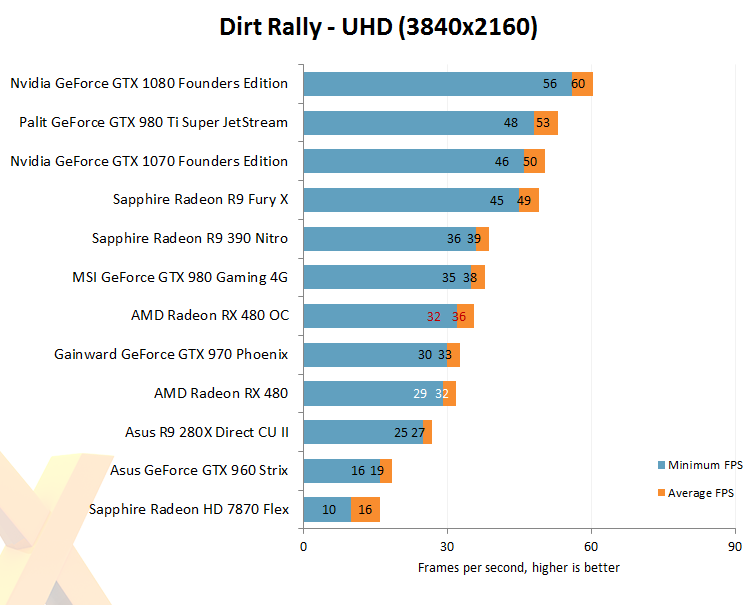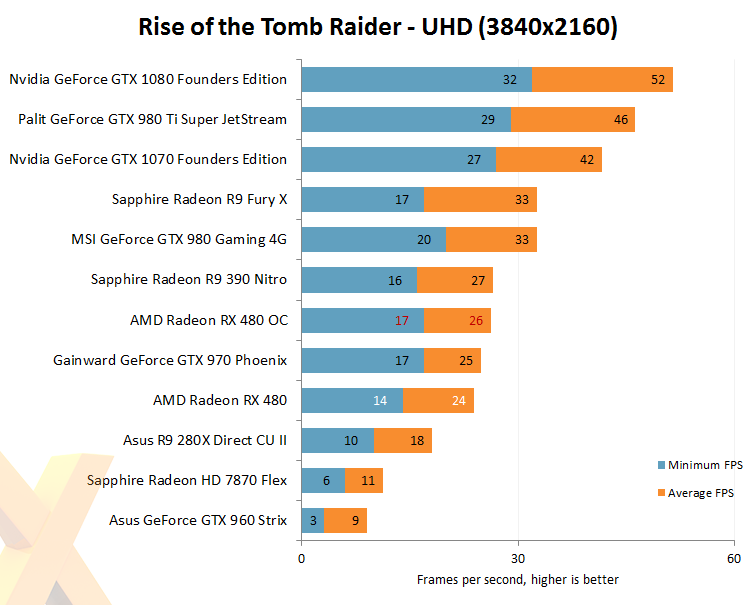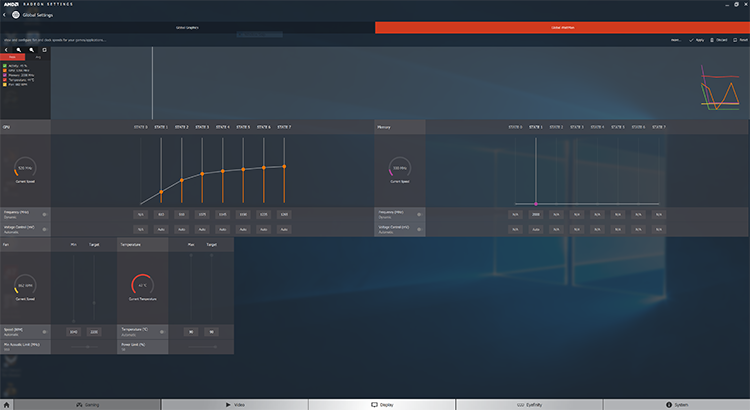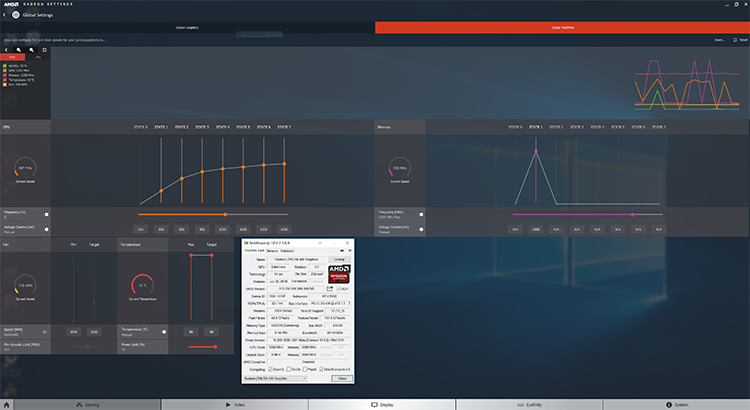Overclocking
AMD has overhauled the method by which you tinker with the frequencies and fan-control settings. The new utility, baked into the latest driver, is called Radeon WattMan, and it controls GPU voltage, engine clocks, memory clocks, fan speed and temperature.
The Global Settings tab is a mine of information, with the pertinent details laid out logically across the screen, and it certainly helps having a high-resolution monitor in order to see it all. Clicking on the small radio buttons in each category enables you to toggle the various states. For example, it shows the various states and voltages associated with each engine frequency bump, but you are free to change the voltage and speed.
Overclocking is done by adding a set percentage to the engine clock, and we recommend that the power limit is increased in order for the GPU to use more voltage. The RX 480 reference board has a slider that runs up to plus/minus 50 per cent board power, though just how a single 6-pin connector is able to service that isn't clear.
Here is the same screen but with our overclocking in place. You can see that we have added five per cent to the core (adjustable in 0.5pc increments), left voltages alone, increased the memory clock to 8,800MHz (its voltage cannot be changed), added an extra 10°C to the target temperature and also ramped up power by 50 per cent. The core overclock isn't great, clearly, but the card benchmarks reasonably well because the extra power and temperature headroom allows it to hit its peak speed more often.



The card needs all the help it can get at 4K. We'll see what partner RX 480 GPUs can do in due course.











